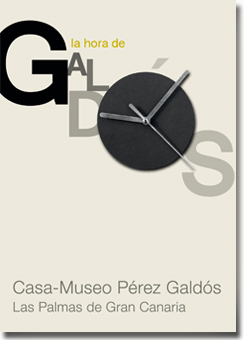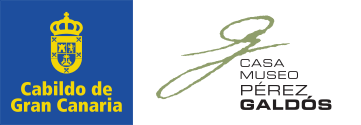LA CONSTRUCCIÓN DE UN MITO LIBERAL: LA FONTANA DE ORO (1871) / THE CONSTRUCTION OF A LIBERAL MYTH: THE GOLDEN FOUNTAIN (1871)
Palabras clave:
Galdós, Fontana de Oro, siglo XIX, Revolución, Novela, prensa española, The Golden Fountain, XIXth Century, Revolution, Novel, Spanish PressResumen
Nuestro objetivo es trazar una relación entre el local histórico y el mito periodístico, aportando una explicación sobre cómo llegó esa imagen a la novelística de Galdós. En el transcurso de tiempo entre la apertura de la fonda de la Fontana de Oro, alrededor de 1760, hasta la sociedad patriótica en junio de 1821, se inició la construcción de un mito liberal, avivado por los actos de insubordinación a la autoridad que allí tenían lugar y la supervivencia del local de distintas formas durante los 1850 y 1860, quedan registrados en la prensa del momento, llegando a Galdós entre 1860-1867. Por último, la elaboración de una imagen periodística, que Galdós parece reproducir en el prologuillo de la obra. Planteando una analogía histórica entre el Trienio Liberal (1820-1823) y los años inmediatos a la Gloriosa (1868). / My claim is to draw a relationship between the historical place and the journalistic myth, providing an explanation of how that image reached Galdós’ novel. Between the opening of the inn of the Fontana de Oro around 1760 and the foundation of the patriotic society in June of 1821: a liberal myth began. This latter was fueled by acts of insubordination towards the authority that took place there and the survival of the physical building in different ways between the 1850 and 1860. All this was recorded in the press of that time, which was read by Galdós between 1860-1867 and re-elaborated in the prologue of his work. This lead to the rise of a historical analogy between the Liberal Triennium (1820-1823) and the previous years to the Glorious (1868).




